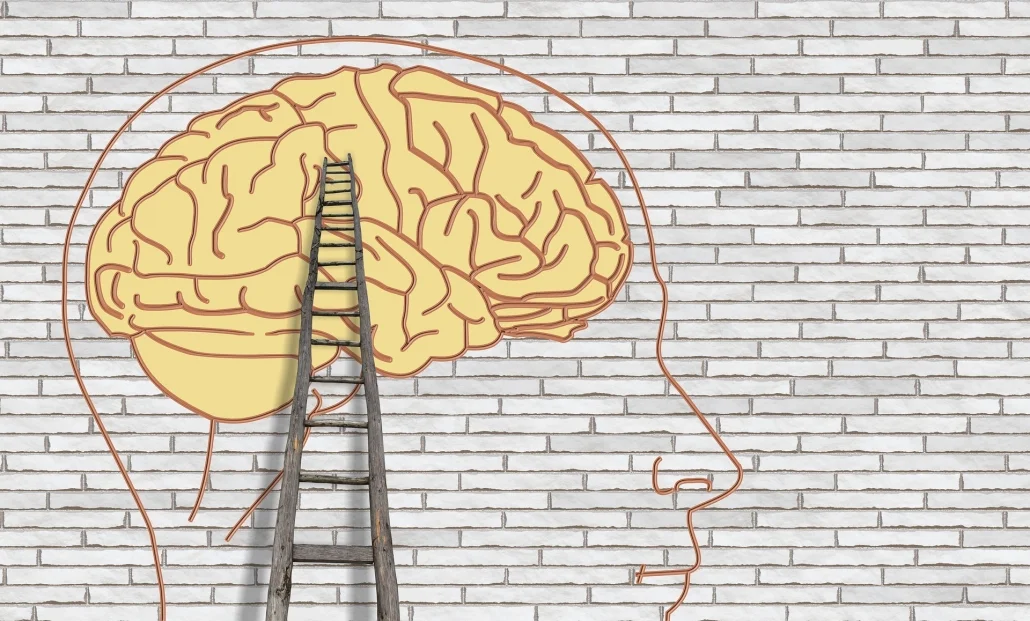Your cart is currently empty!

What about those hemispheres of the brain and being able to draw?
The perceptual ability necessary for drawing resides in the right side of the brain.
People who believe they cannot draw are actually using the ‘wrong’ part of their brain.
Betty Edwards, an American artist, discovered through years of research that it is the abilities of the right side of the brain that enable people to draw accurately from observation.

Look at the image with words and colors and name the colors (NOT the words!).
What happens?
Do you say ‘green ‘ for GREEN or (which is the correct answer) ‘yellow‘?
Your right brain wants to say ‘yellow’ (because that’s what it sees), and your left brain wants to say the word ‘green ‘.
This already shows that both hemispheres of your brain have their own agendas
The functions of the left and right sides of the brain

LEFT BRAIN
Rational
Math
Language
Logical thinking
Control
Logical
Analytical
Order and patterns
Step by step
Speech
Time sense
Focused on detail
Factual
RIGHT BRAIN
Feeling
Fantasy
Non-verbal
Creative thinking
Makes connections
Intuitive
Adventurous
Sees images
Simultaneous
Spatial perception
Knows no time
Sees the big picture
Believe
The Science
You can already see how both parts of the brain have abilities. It is only at puberty that this division between left and right occurs. We call that “lateralization. The tasks are then divided and everything about the right hemisphere is then in that part of the brain and the left side has its own peculiarities.
If we look at children’s drawings, we see that the young child develops from what we call in drawing language cephalopods to a drawing with a lot of detail at puberty.
What happened during that time of development? The young child picks up a pencil and begins to scratch. The pleasure of the (often circular) movement with the pencil and the lines that appear. The mom and dad (the adult) then asks, “And what is it?” after which the child offers an explanation. It’s “mommy” or “daddy” or the dog.
Then something special happens. Every child makes an artistic discovery at some point: ‘Hey, I can represent what I see through a symbol.’ That’s a huge leap in their development. From then on, you see how children develop their own arsenal of symbols that often lasts for years.
They are not real hands that they draw: they are symbols. It’s not real cars, houses, bicycles, birds that they draw: they are symbols.


These symbols find a place in their brains and so around puberty when all the traits come into either the left side of the brain or the right side, these drawing symbols go to where all the other symbols are: to the left side of the brain. People who are not practiced at drawing actually draw with the wrong side of their brain.
Very simply put, when they want to draw a tree, they consciously or unconsciously name the object they want to draw (here tree) with a name (language) and at that moment the left side of their brain is activated. Language is also a symbol. After all, we say tree, an Englishman says tree and a Russian says дерево. By this we all mean the same thing – tree. Language and drawing symbols are connected, and those who have not learned to switch to the right-brain view while drawing mainly use symbols when drawing.
Because these drawing symbols are developed during childhood, they are mostly very childlike and caricatured. They often have little to do with the reality that the draughtsman wants to represent, and rightly so, one is usually very dissatisfied with the result. Those who learn to switch to the powers of perception of the right hemisphere of the brain learn to “really look. Through which ánd the symbols no longer have a place in one’s own work ánd – what ultimately matters’ ; one’s own handwriting comes to life.

Leave a Reply